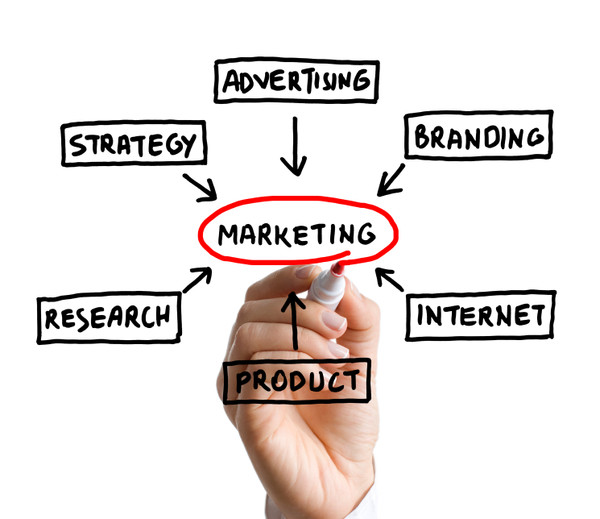
Take a look at three common problems and examples of how sound marketing strategies for small business can overcome these obstacles.
• Furnishings
• Employee uniforms
• Physical appearance of company buildings or vehicles
Perishability: Many services are perishable, meaning that you can't store it for later use. Hotel rooms and airline seats are perishable goods, because there is no way to make up for the lost opportunity when they remain empty. Adjusting the price to increase demand is one of many marketing strategies for small business that airlines often use. For example, Southwest offers deep discounts for tickets that are booked at least a month in advance.
Another good strategy is to adjust your services to match consumer demand. Major hotel chains do this by offering a limited number of special weekend packages to increase room rentals during the off season. A bowling alley might offer a special mid week deal to families to make up for slow nights.
Variability: Sometimes, the same service can't be performed in the same way, by the same person, each time a consumer buys it. The quality may vary. A hairstylist can't give you the exact same cut every time. Not all plumbers are going to handle every repair the same way.
Businesses with a of of variability can capitalize on this by tailoring services to each individual. In fact, there is a big consumer demand for customization. Think about how successful Burger King was with the slogan, "Have it Your Way."
• Have a Total Quality Management program in place.
• Consider service guarantees that will compensate a consumer if quality fails.
• Carefully track and analyze gaps in service quality to identify ways of reducing variability.
Leo Alvin Alexander is an online writer/blogger.
No comments:
Post a Comment